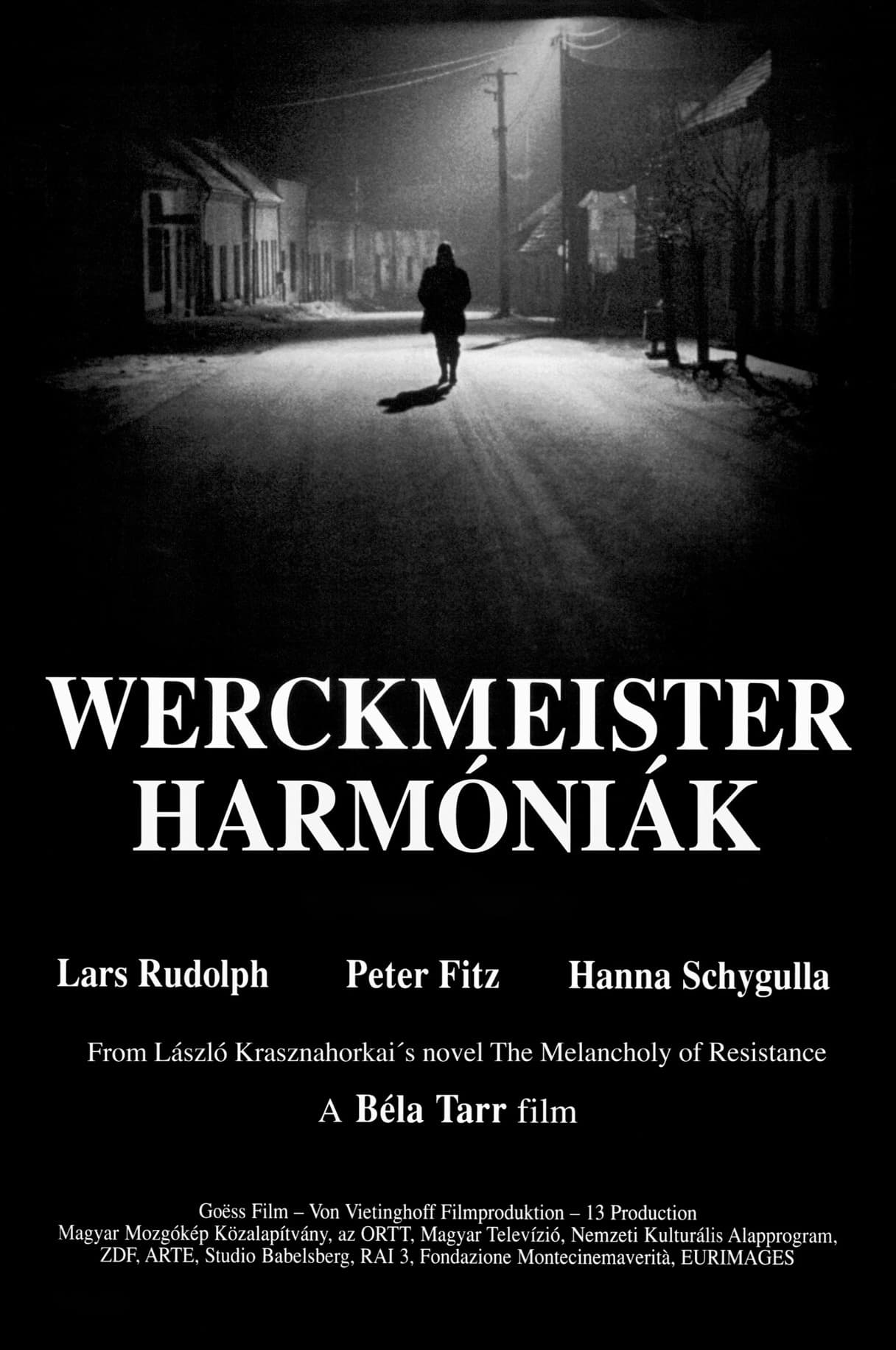
Werckmeister Harmonies
2000
Rate this movie
Average: 0.00 / 5
(0 votes)
Directors
Watching a Béla Tarr film means accepting to slow down your metabolism, abandoning the certainties of conventional storytelling and immersing yourself in a different temporal and spiritual experience. Werckmeister Harmonies, from 2000, is perhaps the most accessible, albeit still demanding, peak of his art. It is a black-and-white requiem for civilization, a hypnotic meditation on the fragility of the cosmic order and the ease with which human despair can be ignited by the flame of demagoguery. It is a work that, in its desolate beauty, resonates today, in the age of disinformation and viral anger, with the force of a prophecy.
The very first image is a crackling fire in a smoky tavern. It is stoked and fanned just enough to keep the light flickering as this dwelling goes out for the night. Before everyone leaves, the young and naive János Valuska, our Virgil in this Hungarian hell, is encouraged to put on a show. Cornered, Valuska invents a dance involving the solar system. The various patrons, men brutalized by alcohol and resignation, are assigned the roles of the sun, the earth, and the moon. For a brief, magical moment, Tarr's camera follows them in a slow, clumsy orbit, and the chaos of the tavern is transformed into cosmic harmony, a divine order imposed by the imagination of a dreamer. Both the fire and this performance are captured in a single, fluid, hypnotic long take, as is customary in Tarr's works.
This single opening image is the film in miniature, the key to deciphering its complex allegorical language. It establishes that control and order are crucial themes. Valuska's performance, which ultimately fades into nothingness, reflects how futile man's attempt to impose meaning on an indifferent and chaotic universe can be. Yet humanity continues to try to control everything. It is one of our worst impulses. These dark inclinations define Werckmeister Harmonies. The arrival in town of a mysterious circus, with its two unique, sinister attractions: a giant stuffed whale and an enigmatic agitator known only as “The Prince” who acts as a catalyst. The whale, the monumental carcass of a once-sublime creature, is a symbol of a natural and divine order now dead, reduced to a freak show attraction. The Prince, whom we never see clearly but whose voice we hear and whose influence we feel, is the demagogue who fills the void left by the death of the sacred. His nihilistic rhetoric incites the crowd, a mass of nameless men whose latent despair is transformed into destructive fury. The lesson is ruthless: when cosmic harmony is broken, human society follows suit.
Béla Tarr is both the repository and the end point of a great aesthetic tradition in Eastern cinema. If Sergei Eisenstein used montage to create an intellectual dialectic and Andrei Tarkovsky used long takes to “sculpt in time” and achieve a spiritual dimension, Tarr takes the long take to its most radical and existential conclusion. His endless shots, with the camera floating like a ghost through desolate landscapes, do not serve to observe the action, but to make us experience the duration, the weight of time itself. It is a cinema that demands surrender. His influence on modern filmmakers who work with temporality and atmosphere, from Gus Van Sant to Lars von Trier, is incalculable. Many have tried to imitate his style, but few have grasped its deeply philosophical soul.
It is often compared to his previous work, the monumental seven-hour Satantango. But there are crucial differences. While Satantango is a total immersion in the slow, almost comical agony of a rural community decaying from within, The Harmonies of Werckmeister is more compact, more allegorical. It is an almost mythological tale about the arrival of an external force that detonates an already present despair. If Satantango is a chronic disease, The Harmonies is a sudden and fatal heart attack.
The constantly moving camera remains steady throughout the film, and each scene is presented with an uninterrupted gaze. The central sequence, the hospital riot, is one of the most chilling in cinema history. For minutes on end, we follow in almost total silence as the crowd methodically destroys everything in its path. The violence is visceral but never explicit. Béla Tarr and co-director Ágnes Hranitzky choose to insinuate rather than reveal directly, maintaining a constant mystery about the true nature of the Prince and the motivations of the crowd. The horror is not in the blood, but in the silence, in the relentless rhythm of that destructive march. The climax of the scene, when the crowd stops at the sight of a naked and fragile old man, and the fury dies down in a moment of shame and humanity, is a moment of overwhelming power, a glimmer of light in total darkness.
The collaboration with writer László Krasznahorkai, author of the novel Melancholia of Resistance, from which the film is adapted, is fundamental. Tarr does not simply adapt his books; he translates them into another language. Krasznahorkai's dense, labyrinthine, and apocalyptic prose finds its perfect visual interpreter in Tarr. The themes of the novel, impending doom and metaphysical terror, fit perfectly with the director's philosophical style. Perhaps as important as the cinematography is Mihály Víg's soundtrack. Its soft, haunting and endlessly repeated melody is not mere accompaniment; it is the very breath of the film, the sound of melancholy, the funeral dirge for a world that has lost its harmony. The desperate atmosphere typical of Tarr is suggested by a key phrase uttered towards the end of the film: “Those who are afraid know nothing.” Werckmeister Harmonies is a difficult, punishing film, but a necessary one. It is a work that forces us to look into the abyss, to confront the fragility of our certainties and the ease with which civilization can collapse.
Gallery
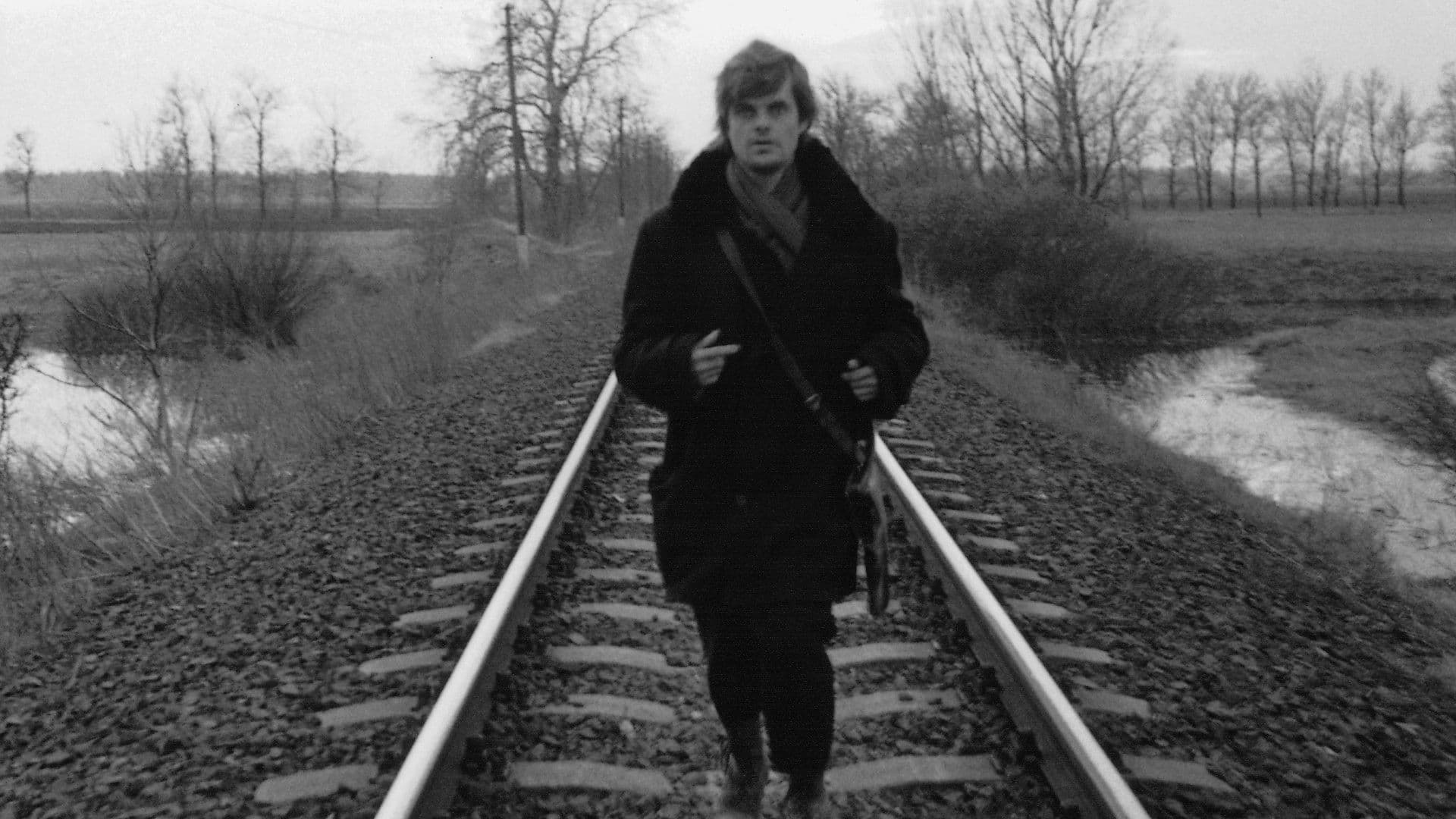
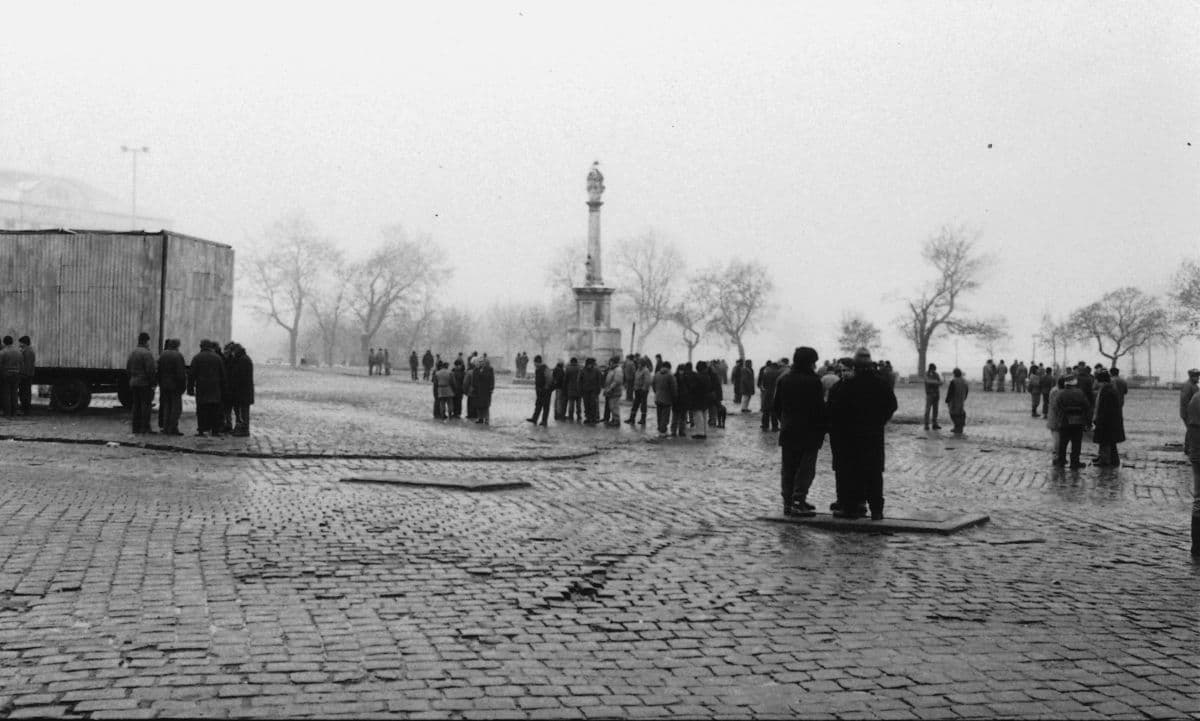
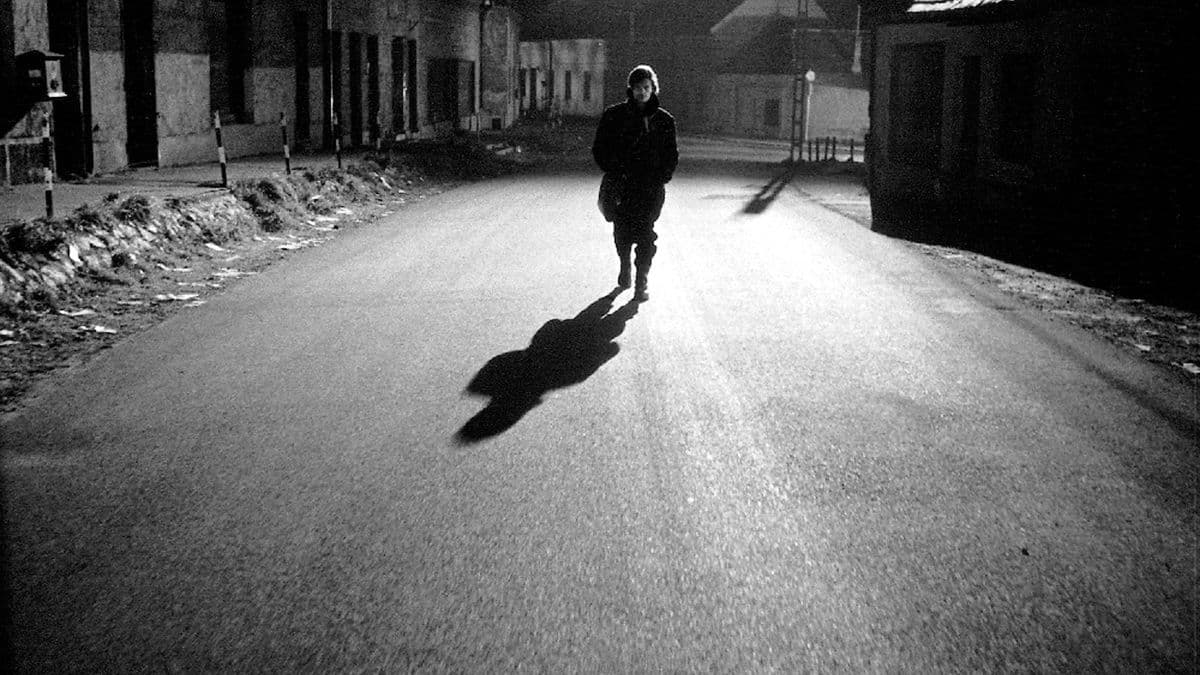

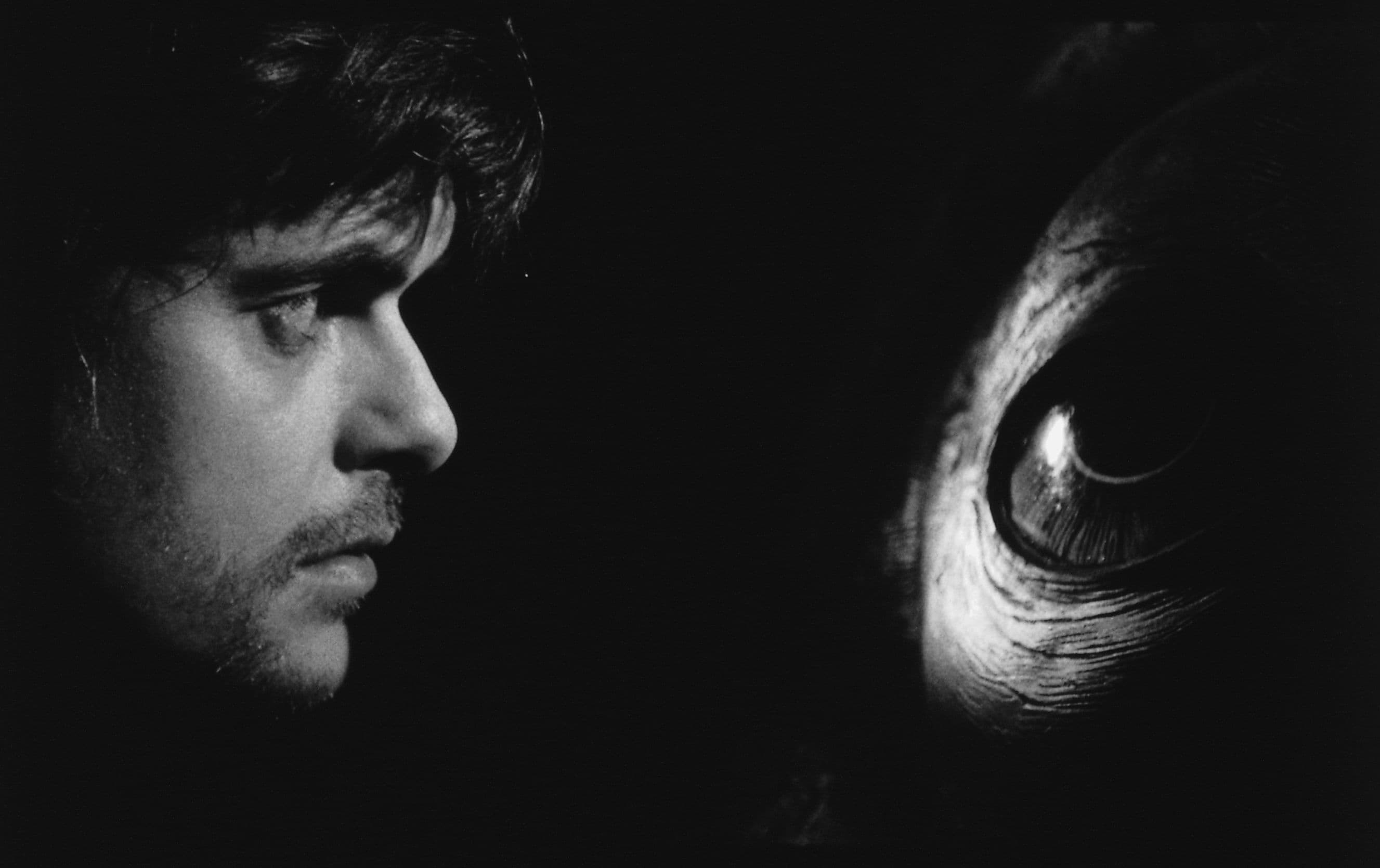
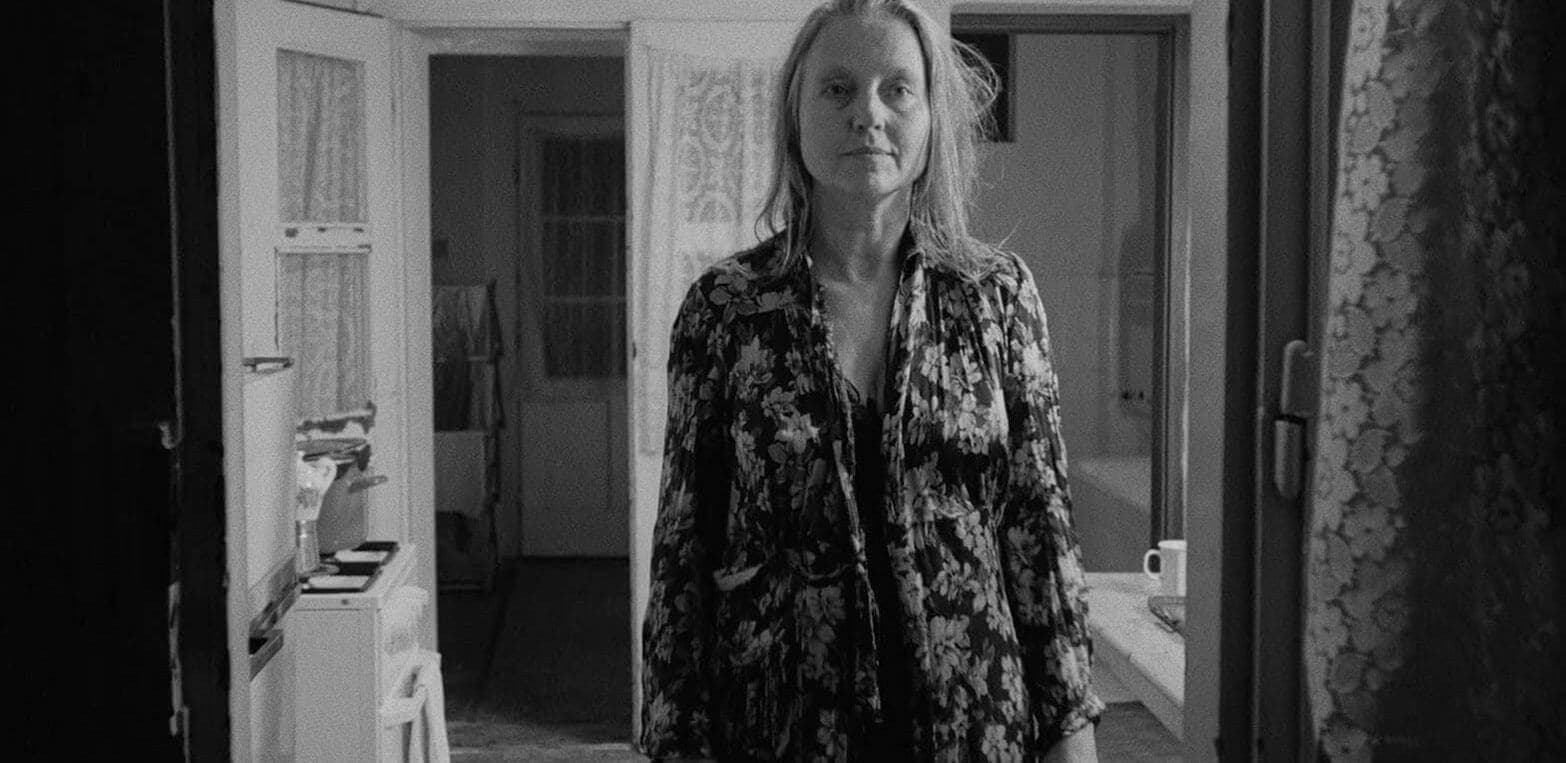
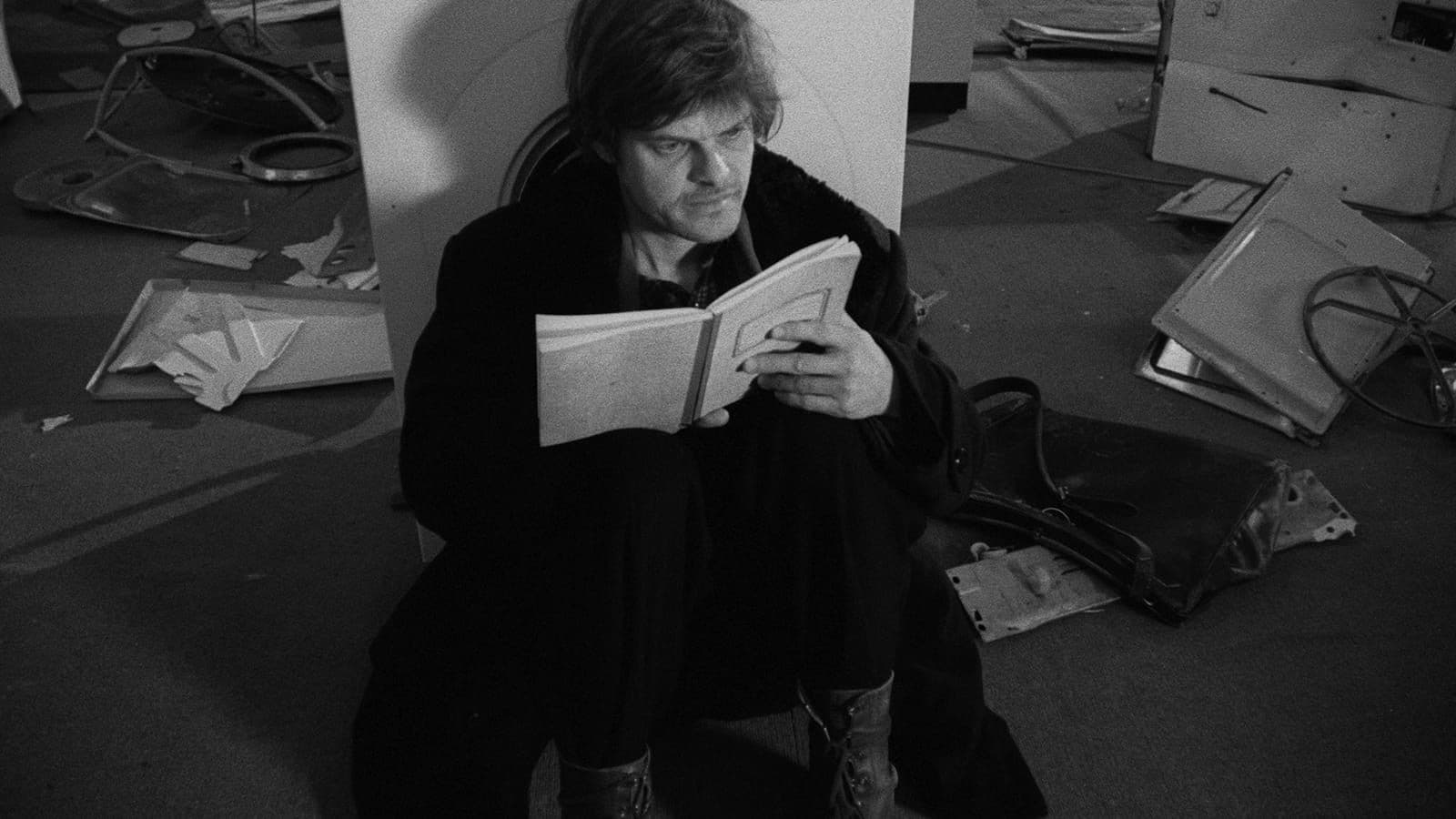
Featured Videos
Trailer
Comments
Loading comments...